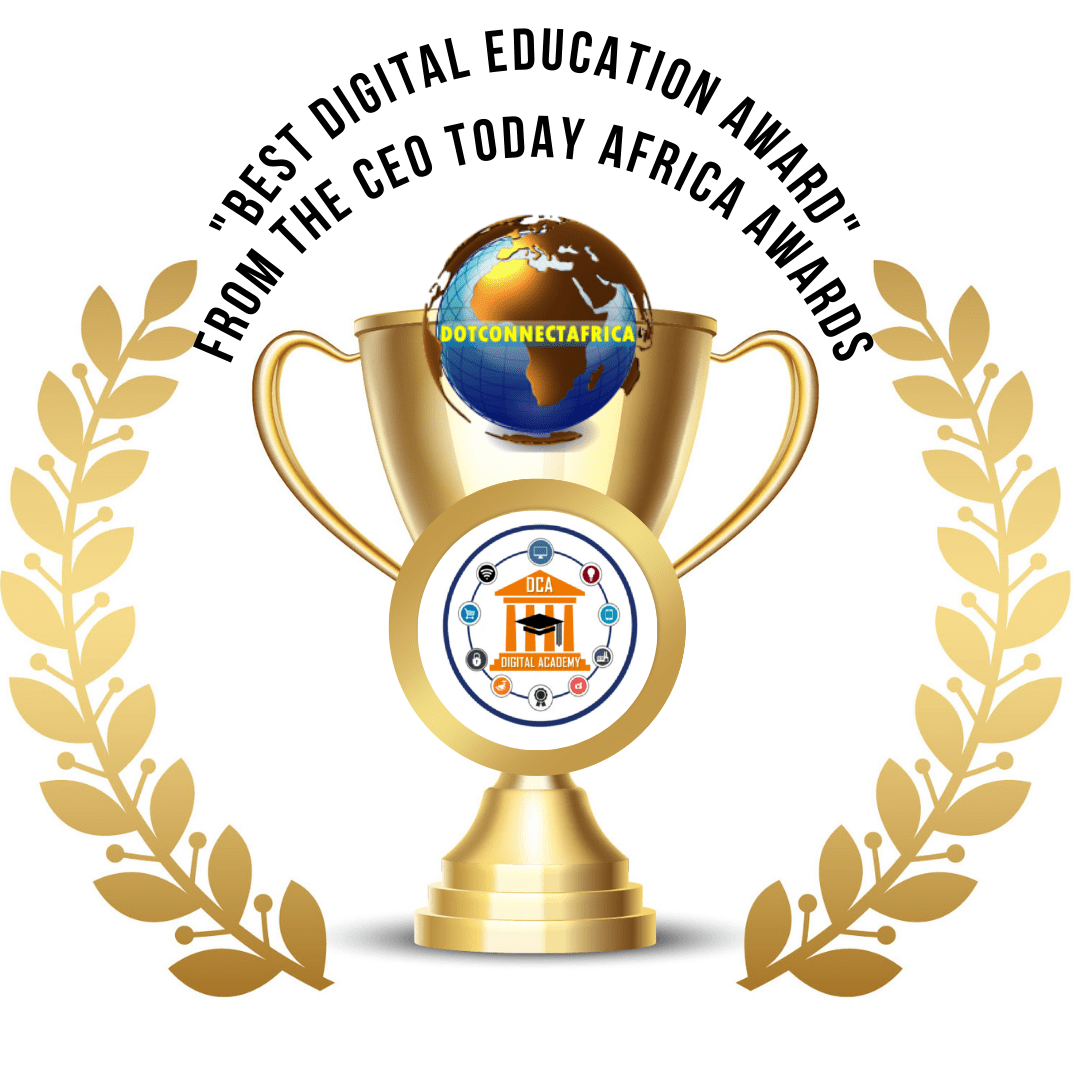Blockchain is one type of a distributed ledger. Distributed ledgers use independent computers (referred to as nodes) to record, share and synchronize transactions in their respective electronic ledgers (instead of keeping data centralized as in a traditional ledger). Blockchain organizes data into blocks, which are chained together in an append only mode.
- Blockchain/ DLT are the building block of “internet of value,” and enable recording of interactions and transfer “value” peer-to-peer, without a need for a centrally coordinating entity. “Value” refers to any record of ownership of asset — for example, money, securities, land titles — and also ownership of specific information like identity, health information and other personal data.
Distributed ledger technology (DLT) could fundamentally change the financial sector, making it more efficient, resilient and reliable.
- This could address persistent challenges in the financial sector and change roles of financial sector stakeholders. DLT has the potential to transform various other sectors as well, like manufacturing, government financial management systems and clean energy.
- Since this technology is still nascent, the World Bank Group doesn’t have general recommendations about its use for international development. We are in dialogue with standard-setting bodies, governments, central banks and other stakeholders to monitor, research and pilot applications based on blockchain and DLT.
- However, waiting for “perfect” DLT solutions could mean missing an opportunity to help shape it. To understand how DLT can address challenges in the financial sector requires both research and real-life applications and pilots.
- It also requires resolving consumer protection issues, financial integrity concerns, speed of transactions, environmental footprint, legal, regulatory and technological issues that arise with the advent of new technology.
- DLT applications will likely be incremental, and will likely first replace processes and activities that are still manual and inefficient. (Such as reference data maintenance in payment and settlement systems, trade finance, syndicated loans, and tracking provenance of agricultural products and commodities, their subsequent sale or use as financing collateral.)
- Eventually, DLT could increase efficiency and lower remittance costs, and potentially improve access to finance for unbanked populations, who are currently outside the traditional financial system.

